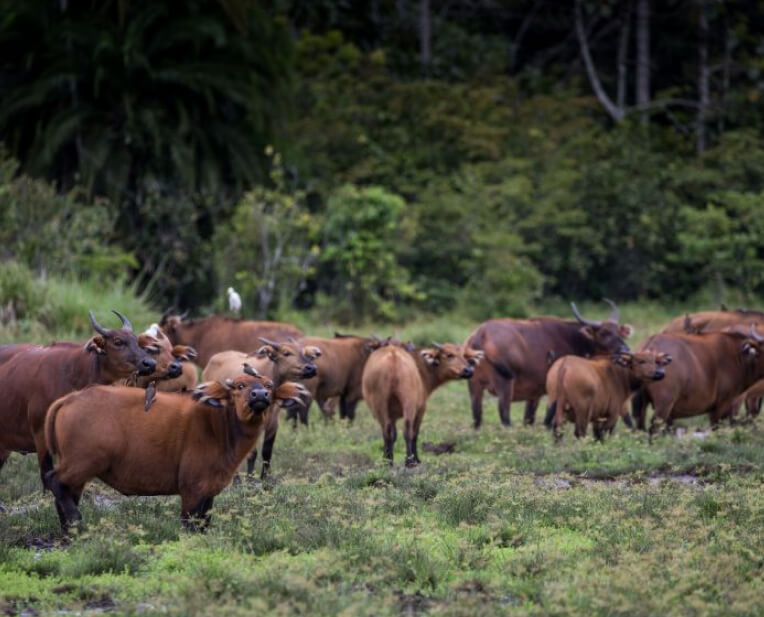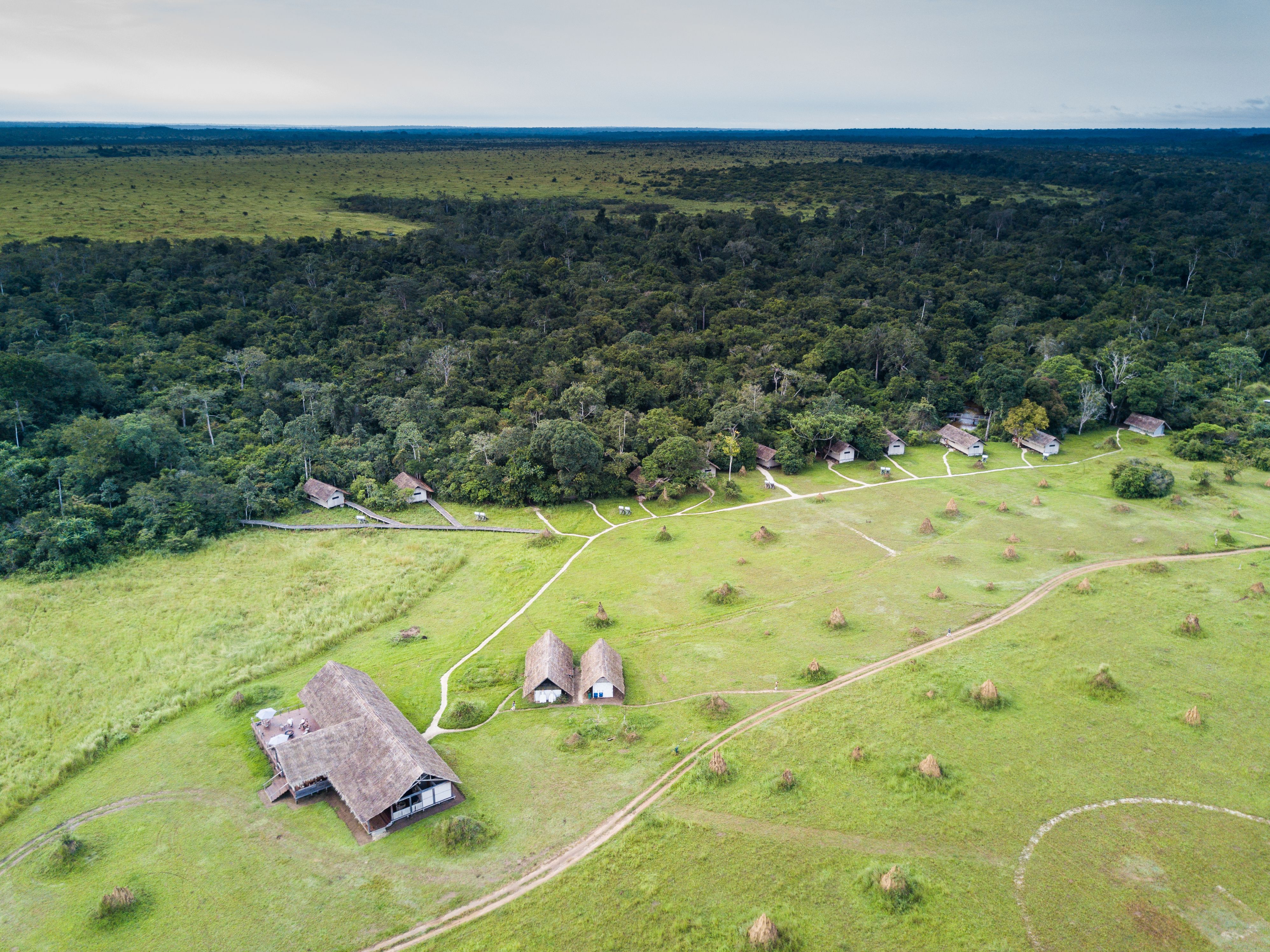
The African Charities (SPAC) is an organization that focuses on a sustainable approach to conservation by working with communities around Africa's protected areas.
They support the conservation of Odzala-Kokoua National Park in Congo by creating opportunities for apprenticeships and jobs, constructing schools and early childhood development programs, and promoting community tourism initiatives. SPAC emphasizes listening to the local people's needs and providing education, economic empowerment, and conservation efforts to help achieve their goals.
Additionally, SPAC supports research and capacity building in Odzala-Kokoua, focusing on understanding the ecosystem and behavior of iconic species such as gorillas and elephants. This research helps inform park management decisions and acts as a deterrent to poaching. Moreover, it creates employment for the local community by engaging former hunters as guides and trackers, turning their skills towards knowledge creation instead of wildlife destruction.

Chimpanzee (Pan troglodytes)
- Appearance: Similar to bonobos, brown-black fur. Opposable thumbs and dextrous hands for tool use.
- Social Behavior: Highly intelligent, live in communities with a hierarchical structure. Use tools for various purposes.
- Diet: Omnivores, consuming fruits, leaves, insects, and even hunt small animals.
Bushpig (Potamochoerus larvatus)
- Appearance: Stout, bristly coat with a darker mane.
- Social Behavior: Nocturnal and typically solitary or in small groups.
- Diet: Omnivores, feeding on roots, fruits, insects, and small vertebrates.
Red River Hog (Potamochoerus porcus)
- Appearance: Reddish-brown fur with distinctive white facial markings.
- Social Behavior: Live in groups, often near water. Communicate with various vocalizations.
- Diet: Omnivores, feeding on a variety of foods, including fruits and invertebrates.
Bongo (Tragelaphus eurycerus)
- Appearance: Elusive and well-camouflaged with reddish-brown coats and unique spiral horns.
- Social Behavior: Solitary or in small groups, communicate through vocalizations.
- Diet: Herbivores, primarily browsers, feeding on leaves and shrubs.
Western Sitatunga (Tragelaphus spekii gratus):
- Appearance: Long, twisted horns, often male.
- Social Behavior: Often found in swampy habitats, skilled swimmers.
- Diet: Herbivores, graze on aquatic vegetation.
Water Chevrotain (Hyemoschus aquaticus)
- Appearance: Small, deer-like, with long canine teeth.
- Social Behavior: Shy and reclusive, usually solitary, communicate with high-pitched whistles.
- Diet: Herbivores, feeding on leaves, fruits, and aquatic plants.
Blue Duiker (Philantomba monticola)
- Appearance: Small, secretive, and agile, with a russet-brown coat.
- Social Behavior: Solitary and territorial, communicate using vocalizations.
- Diet: Herbivores, primarily feeding on fallen fruit, leaves, and shrubs.
Yellow-Backed Duiker (Cephalophus silvicultor)
- Appearance: Bright yellow or orange dorsal stripe.
- Social Behavior: Mostly crepuscular, active during dawn and dusk.
- Diet: Herbivores, feeding on leaves, fruits, and fungi.
Western Lowland Gorilla (Gorilla gorilla gorilla)
- Appearance: Resemble lowland gorillas with distinctive facial wrinkles and silver hair on their back.
- Social Behavior: Live in family groups led by a dominant silverback.
- Diet: Primarily herbivorous, consuming leaves, stems, and fruits.
Giant Ground Pangolin (Smutsia gigantea)
- Appearance: Distinctive walking gait described as a "shuffle."
- Social Behavior: Solitary and nocturnal.
- Diet: Insectivores, primarily feeding on ants and termites.
Black-Bellied Pangolin (Phataginus tetradactyla)
- Appearance: Skilled climbers often dwelling in trees.
- Social Behavior: Mostly solitary, communicate with musky odor as a defense.
- Diet: Insectivores, feeding on ants and termites.
Hippopotamus (Hippopotamus amphibius)
- Appearance: Massive, barrel-shaped bodies, amphibious with massive jaws.
- Social Behavior: Mostly found in rivers and swamps, live in groups.
- Diet: Herbivores, primarily grazing on aquatic plants.

We love teaching you about the magic of Odzala-Kokoua National Park.
If you have any further questions, please visit our comprehensive FAQ section.